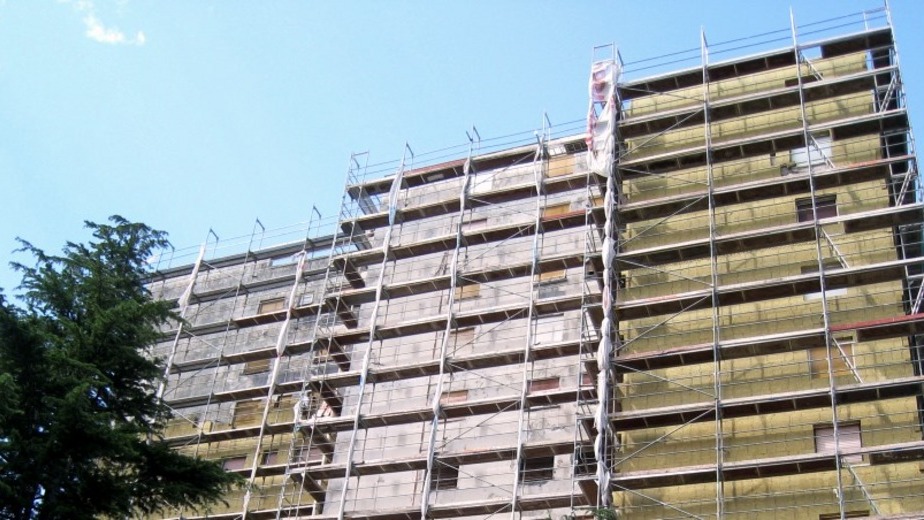Buildings account for around 40% of the total energy consumption, so their energy efficiency, which means providing minimum energy consumption in order to achieve the optimum comfort of living in and use of the building, is very important. Energy consumption of a building depends on its characteristics (shape and structural materials), installed energy systems (heating system, cooling system, ventilation, electrical appliances, and lighting), as well as climate conditions in the region where the building is located.
In general, buildings in Croatia were built before 1987 and as such they do not have adequate thermal protection. As many as 83% of the buildings do not satisfy even the 1987 technical regulations, they have high heat losses with the average energy consumption ranging from 150 to 200 kWh/m2, which classifies them in energy efficiency class E! Increased energy consumption implies higher emissions of CO2 in the atmosphere, and it is therefore essential to implement the required measures in order to reduce excessive consumption and streamline the utilisation of available energy generating products.
Energy performance of buildings comprises a number of different options for saving thermal energy and electricity, with a more rational use of fossil fuels and application of renewable energy sources (RES) in buildings, wherever it is functionally and economically feasible. Energy audit and energy performance certificate show the energy performance of a building or its part, and they comprise the proposals for improving its energy efficiency.
Energy efficiency measures in the buildings sector:
- Increasing thermal protection of the building (installing thermal insulation and energy efficient windows and doors);
- Increasing the performance of the heating, cooling and ventilation systems;
- Increasing the performance of the lighting systems and electrical appliances;
- Use of renewable energy sources.
The implementation of the measures for increasing energy efficiency in the building sector will result in lower energy consumption, at the same time it will improve the comfort of living, and durability of the building. Which measures will be implemented depends on the energy performance and type of building, its purpose and location, and the best option would be to implement several measures ensuring their synergistic effect and to achieve more notable energy savings.
In 2014, the Government of the Republic of Croatia adopted energy renovation programmes aimed at reducing the consumption of energy in buildings at national level and reducing CO2 emissions, for different types of building: Programme of energy renovation of family houses, Programme of energy renovation of multi-apartment buildings, Programme of energy renovation of non-residential commercial buildings, Programmes of energy renovation of public buildings.
Energy renovation programmes were accompanied by the co-financing schemes of the Environmental Protection and Energy Efficiency Fund, and the EU funds under the Operational Programme Competitiveness and Cohesion, depending on the use of buildings. Many energy renovation projects were implemented in the period 2014 – 2020, and the recorded rate of renovation of the building stock was 0.7% or 1.35 million m2/year.
In the period until 2030, the aim is to increase this rate to 3%, and the this end the Long-term Strategy for National Building Stock Renovation by 2050 was drafted, while the renovation programmes have been envisaged in the Integrated National Energy and Climate Plan for the period 2021 – 2030.






